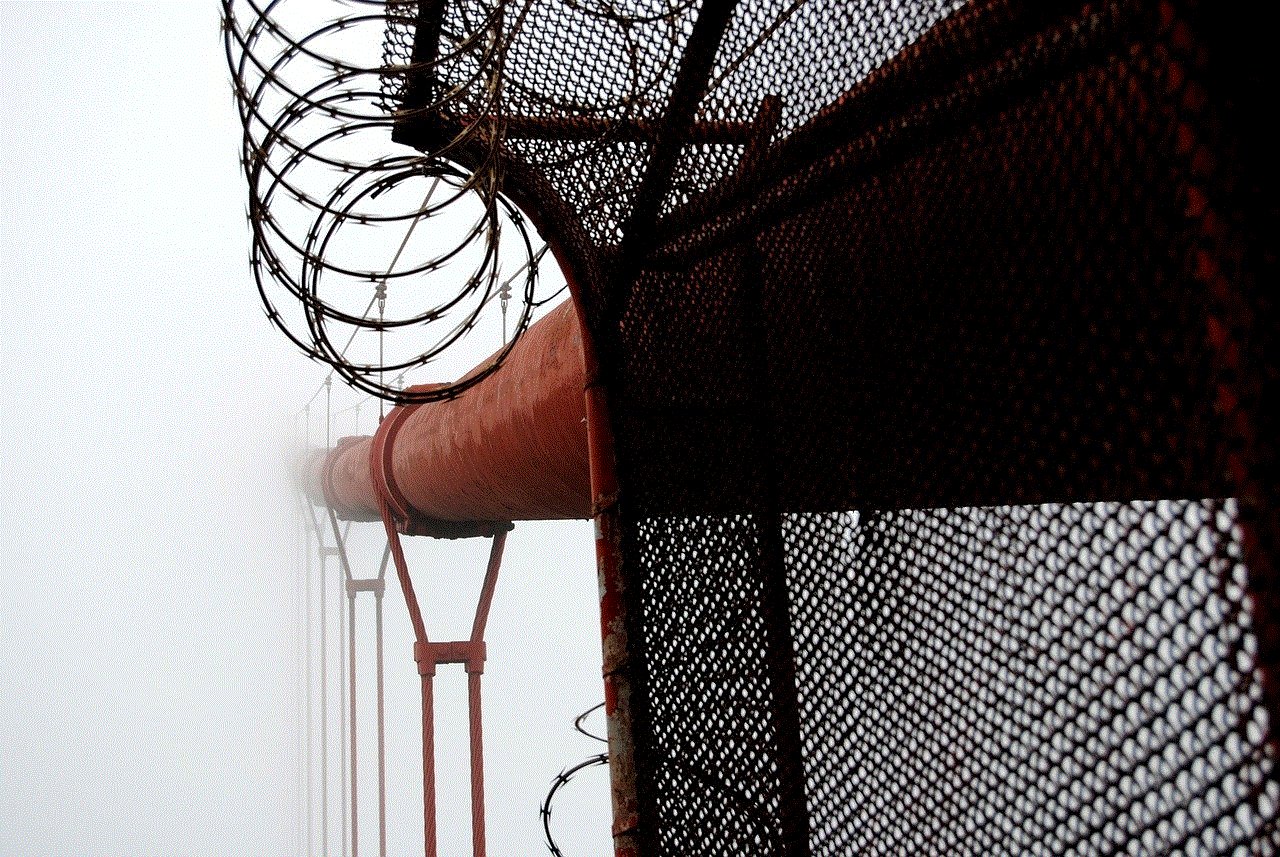text abbreviations smh
In today’s fast-paced digital world, it seems like there’s a new abbreviation or acronym popping up every day. From LOL to OMG, it can be hard to keep up with all the shorthand language used in online communication. One abbreviation that has become increasingly popular is “SMH,” which stands for “shaking my head.” This phrase is often used to express disbelief or disappointment in something. But where did this abbreviation come from, and how has it become such a common part of our vocabulary? Let’s take a deep dive into the world of text abbreviations and explore the origins and usage of SMH.
The history of text abbreviations can be traced back to the early days of the internet, when messaging platforms like AOL Instant Messenger and Yahoo Messenger became popular. These platforms allowed users to communicate with each other in real-time, but with limited character counts. In order to type messages quickly and efficiently, people began using abbreviations and acronyms to convey their thoughts. This trend continued with the rise of SMS texting and social media platforms like Twitter , where character limits were even more restrictive.
One of the earliest known uses of “SMH” can be traced back to a 2004 post on the online forum Urban Dictionary. The entry defines SMH as “shaking my head” and provides an example of its usage in a sentence. From there, the abbreviation slowly gained popularity, appearing in more and more online conversations and social media posts. It wasn’t until the late 2000s and early 2010s, however, that SMH became truly mainstream.
So why did SMH become so popular? One reason could be its versatility. While the abbreviation’s original definition is “shaking my head,” it has evolved to have a variety of meanings and interpretations. Some people use it to express disappointment or disapproval, while others use it in a sarcastic or humorous manner. It can also be used to indicate frustration or confusion. This flexibility has allowed SMH to become a go-to phrase for many people in a wide range of situations.
One of the key factors in SMH’s popularity is its efficiency. In today’s fast-paced society, people want to communicate quickly and concisely. With only three letters, SMH allows for a quick and easy way to convey a complex emotion or reaction. This is especially important in the digital age, where attention spans are shorter than ever and people are constantly bombarded with information. In a world where time is of the essence, SMH provides a convenient way to express oneself without wasting precious characters or time.
Another reason for SMH’s widespread usage could be its relatability. Let’s face it, we’ve all had moments where we’ve wanted to shake our heads in disbelief or disappointment. Whether it’s a frustrating news headline, a ridiculous social media post, or a personal experience, SMH allows us to express our feelings in a way that others can easily understand. It’s a way to connect with others and share our thoughts and emotions, even in a virtual space.
Of course, like any popular slang or abbreviation, there are always those who criticize its usage. Some argue that SMH is overused and has lost its original meaning. Others claim that it is a lazy form of communication and promotes a decline in proper grammar and spelling. While these arguments may have some merit, it’s important to remember that language is constantly evolving. Just as new words and phrases are added to our vocabulary, some may fall out of use or change in meaning. It’s a natural part of the evolution of language, and it’s up to the individual to decide how they want to communicate.
Despite any criticism, it’s clear that SMH is here to stay. Its usage has only grown in recent years, with a quick search on social media platforms revealing thousands of posts using the abbreviation every day. It has also spawned other variations, such as “SMFH” (shaking my fucking head) and “SMHID” (shaking my head in disbelief). As long as people continue to communicate online, it’s likely that SMH will remain a popular phrase for years to come.
But it’s not just SMH that has become a staple in our digital conversations. The rise of text abbreviations has given birth to a whole new language, with new acronyms and slang being created all the time. Some have become so ingrained in our daily communication that we may not even realize they were once just a jumble of letters. For example, “LOL” (laugh out loud) and “OMG” (oh my god) have been around for so long that they are now considered part of standard language.
Other popular text abbreviations include “BRB” (be right back), “IDK” (I don’t know), and “TTYL” (talk to you later). These abbreviations have become so widely used that they have even made their way into spoken language, with people saying “LOL” instead of actually laughing out loud and “IDK” instead of simply saying “I don’t know.” Some may argue that this blurring of the lines between written and spoken language is a negative consequence of the digital age, but others see it as a natural progression in communication.
In conclusion, text abbreviations like SMH have become an integral part of our online communication. They have evolved from a way to save time and characters to a way to express complex emotions and connect with others. While there may be criticism of their usage, it’s clear that they are here to stay. So the next time you find yourself shaking your head, remember that there’s a three-letter abbreviation that perfectly sums up your reaction. SMH, indeed.
define parallel play
Parallel play, also known as solitary but parallel play, is a term used to describe a type of play behavior typically observed in young children. It refers to the situation where children play side by side, engaging in their own individual activities without directly interacting with each other. This type of play is commonly seen in children between the ages of 2-3 years old, but can also continue into early childhood and even adulthood. In this article, we will explore the concept of parallel play, its benefits, and how it differs from other types of play.
Parallel play is a natural and common behavior in young children, and it is considered an important stage in their social development. During this stage, children are learning how to interact with their environment and others around them. As they begin to explore their surroundings, they also begin to observe and imitate the actions of others. This leads to the emergence of parallel play, where children engage in similar activities to those around them, but do not actively engage with each other.
One of the main benefits of parallel play is that it allows children to develop their own sense of independence and autonomy. By engaging in individual activities, they are able to explore their own interests and develop their own skills without being influenced or directed by others. This can also lead to a sense of accomplishment and self-esteem as they are able to complete tasks on their own. Additionally, parallel play can help children develop their creativity and imagination as they come up with their own ways of playing and exploring their environment.
Parallel play also provides an opportunity for children to observe and learn from each other. As they play side by side, they may start to mimic each other’s actions or incorporate elements from each other’s play into their own. This can lead to the development of new ideas and perspectives, as well as the ability to adapt and be flexible in their play. Through parallel play, children can also learn important social skills such as sharing, taking turns, and respecting personal space.
Another important aspect of parallel play is that it allows children to develop their own social identity. As they engage in activities that interest them, they may also start to identify with certain groups or individuals based on their play preferences. This can help children form friendships and establish a sense of belonging within their peer group. It also allows them to start developing their own sense of self and their own unique personality.
While parallel play may seem like children are not interacting or socializing with each other, it actually plays a crucial role in their overall social development. It serves as a foundation for more complex forms of play, such as associative play and cooperative play, where children actively engage and interact with each other. These types of play build upon the skills and behaviors developed during parallel play, making it an important stepping stone in a child’s social development.
It is also important to note that parallel play is not a sign of anti-social behavior or a lack of social skills. In fact, it is a natural and necessary part of a child’s development. Some children may prefer parallel play over other forms of play, and that is perfectly normal. As they grow and mature, they will naturally progress to more interactive forms of play.
However, there are some situations where parallel play may be a cause for concern. If a child consistently engages in parallel play and avoids interacting with others, it may be a sign of social anxiety or difficulty in social situations. Additionally, if a child is unable to engage in any form of play, it may indicate developmental delays or disabilities. In these cases, it is important for parents and caregivers to seek professional help and support.
In conclusion, parallel play is a natural and important part of a child’s development. It allows children to explore their own interests, develop independence and social skills, and form their own social identity. As children grow and mature, they will naturally progress to more interactive forms of play. However, it is important for parents and caregivers to support and encourage parallel play as it lays the foundation for healthy social development. As the saying goes, “play is the work of childhood,” and parallel play is an essential aspect of this work.
signs of a sexual predator
Sexual predators are individuals who engage in predatory behavior, targeting and exploiting vulnerable individuals for their own sexual gratification. These individuals often exhibit manipulative and coercive tactics to gain access to their victims and may display red flags or warning signs that can help identify them. It is important to understand the signs of a sexual predator in order to protect oneself and others from falling victim to their dangerous and harmful behavior.
1. Lack of Boundaries



One of the key signs of a sexual predator is the lack of boundaries. These individuals may have a complete disregard for personal boundaries and may engage in inappropriate or sexual behavior without consent. They may also have a history of violating boundaries with other individuals, such as invading personal space or touching without permission. This lack of respect for boundaries is a major red flag and should not be ignored.
2. Manipulative Behavior
Sexual predators are often skilled manipulators. They may use charm, flattery, and gifts to gain the trust and affection of their victims. They may also employ manipulation tactics to coerce their victims into sexual acts, such as guilt-tripping, gaslighting, or making false promises. These manipulative behaviors are meant to break down the victim’s defenses and make them more vulnerable to the predator’s advances.
3. Excessive Flirtation
Another sign of a sexual predator is excessive flirtation. These individuals may use flirtatious behavior to test the waters and see if their victim is receptive to their advances. They may also use this behavior to groom and manipulate their victims. This can include inappropriate comments, gestures, or physical contact. Sexual predators may also target individuals who are more vulnerable to flattery, such as those with low self-esteem or a history of abuse.
4. Secretive Behavior
Sexual predators often engage in secretive behavior in order to hide their true intentions. They may keep their interactions with their victims a secret or may try to isolate their victims from others. They may also try to keep their victims from reporting their behavior by threatening them or making them feel ashamed or guilty. If someone is being secretive about their interactions with you or is trying to keep you isolated, it could be a sign that they are a sexual predator.
5. Lack of Empathy
A lack of empathy is a common trait among sexual predators. These individuals may not see their victims as human beings with feelings and rights, but rather as objects for their own pleasure. They may also lack empathy for the harm they cause to their victims and may even blame them for their own actions. This lack of empathy can manifest in other areas of their life as well, such as a history of abusing animals or showing no remorse for their actions.
6. Boundary Violations
Sexual predators may also violate boundaries in more subtle ways. They may ask personal or intimate questions that make their victim uncomfortable, or they may make suggestive comments or jokes. They may also try to test their victim’s boundaries by making small advances and seeing how they respond. These boundary violations are meant to gauge the victim’s level of vulnerability and to see how far they can push their behavior.
7. History of Sexual Offenses



Many sexual predators have a history of sexual offenses. They may have a criminal record or have been accused of sexual misconduct in the past. It is important to do a background check on individuals who you suspect may be a sexual predator, especially if you are considering entering into a relationship with them. This information can be found through public records or by speaking with mutual acquaintances.
8. Preoccupation with Sex
Sexual predators may also have a preoccupation with sex. They may constantly talk about sexual topics or make sexual jokes and comments. They may also have a large collection of pornography or engage in risky sexual behaviors. This preoccupation with sex can be a way for them to justify their predatory behavior and to normalize it in their own mind.
9. Boundary Testing
In addition to violating boundaries, sexual predators may test their victim’s boundaries in other ways. This can include trying to get them to engage in sexual acts or making them feel guilty or obligated to do so. They may also try to push their victims to do things they are uncomfortable with or use alcohol or drugs to manipulate their behavior. These behaviors are meant to test the victim’s limits and see how far they can be pushed.
10. Targeting Vulnerable Individuals
Sexual predators often target individuals who are vulnerable in some way. This can include individuals who are going through a difficult time, have low self-esteem, or lack a strong support system. They may also target individuals who are more trusting or naive, making it easier for them to manipulate and control their victims. It is important to be aware of this and to support and protect vulnerable individuals from potential predators.
11. Inappropriate Boundaries with Children
Many sexual predators target children, and they may exhibit inappropriate boundaries with them. This can include excessive physical contact, making inappropriate comments, or trying to be alone with the child. They may also try to groom the child by gaining their trust and establishing a relationship with them. It is important to educate children about appropriate boundaries and to be aware of any red flags that may indicate a potential predator.
12. Lack of Personal Responsibility
Sexual predators may also have a lack of personal responsibility for their actions. They may blame their behavior on their victims or on external factors, rather than taking responsibility for their own actions. They may also try to justify their behavior or make excuses for it. This lack of personal responsibility can be a major red flag and should not be ignored.
13. Inappropriate Sexual Behavior
Finally, one of the most obvious signs of a sexual predator is their inappropriate sexual behavior. This can include unwanted touching, sexual comments or advances, or attempting to engage in sexual acts without the consent of the victim. It is important to trust your instincts and to speak up if you feel uncomfortable or unsafe in any situation.



In conclusion, sexual predators can be anyone and can exhibit a wide range of behaviors and traits. It is important to be aware of the signs of a sexual predator in order to protect yourself and others from their harmful behavior. If you suspect that someone may be a sexual predator, it is important to speak up and seek help. By being aware and educated about the signs of a sexual predator, we can work towards creating a safer and more supportive community for everyone.
